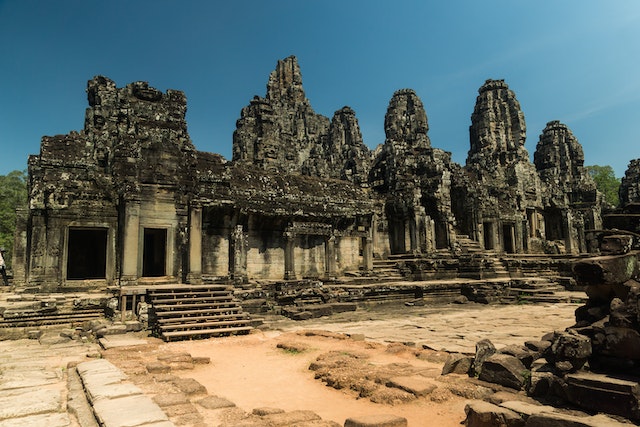Archaeological Site Report From the Ancient Near East
Creating an archaeological site report from the ancient Near East involves documenting the findings, interpretations, and contextual information related to an archaeological site in the region. These reports are crucial for preserving and sharing the knowledge gained through archaeological investigations.
Here’s an outline of what a typical archaeological site report might include:
- Introduction:
- Background information about the ancient Near East and the specific region where the site is located.
- Brief overview of the site’s historical and cultural significance.
- Research objectives and questions that the excavation aimed to address.
- Site Location and Description:
- Detailed geographical location, including coordinates and maps.
- Description of the site’s topography, surrounding landscape, and natural features.
- Historical Context:
- Historical background of the ancient civilization(s) that inhabited the region.
- Chronological framework of the site’s occupation phases and historical context.
- Excavation and Methodology:
- Description of the excavation techniques and methodologies used.
- Details about the trenches, units, and areas excavated.
- Explanation of the stratigraphy and layers encountered during excavation.
- Information about any specialized tools or equipment used.
- Archaeological Finds:
- Detailed catalog of artifacts, ecofacts (organic remains), and features uncovered.
- Analysis of pottery, tools, architecture, human and animal remains, etc.
- Interpretation of the significance of these findings within the cultural and historical context.
- Chronology and Dating:
- Explanation of the dating methods used to establish the site’s chronology.
- Information about radiocarbon dating, stratigraphy, typology, or other techniques.
- Interpretation and Significance:
- Analysis of the findings in relation to the research objectives.
- Interpretation of the site’s function, occupation history, and cultural practices.
- Discussion of the site’s role in regional trade, economy, or political dynamics.
- Comparative Analysis:
- Comparison of the site’s findings with similar sites in the ancient Near East.
- Exploration of regional trends and variations.
- Conclusions:
- Summary of the main findings and interpretations.
- Addressing the research questions and objectives.
- Recommendations:
- Suggestions for further research or exploration at the site.
- Proposals for conservation, preservation, or public engagement.
- Bibliography:
- List of references and sources used during the research and report writing.
- Appendices:
- Detailed artifact and feature drawings or photographs.
- Additional data tables, maps, and charts.
Archaeological site reports play a crucial role in advancing knowledge about the ancient Near East and its civilizations. They provide a foundation for future research, conservation efforts, and public education about the cultural heritage of the region.
at
